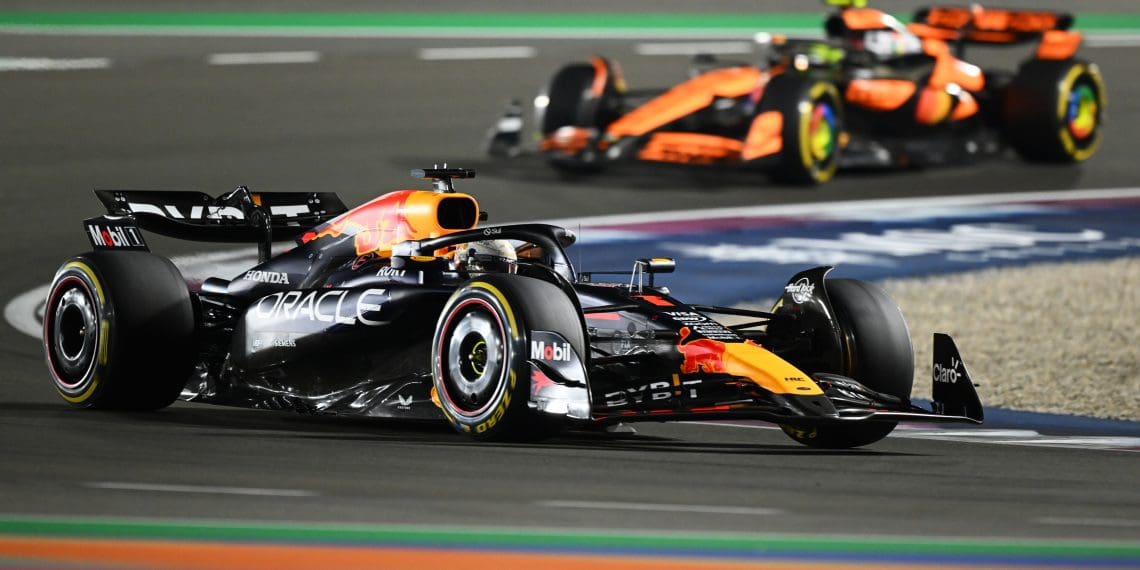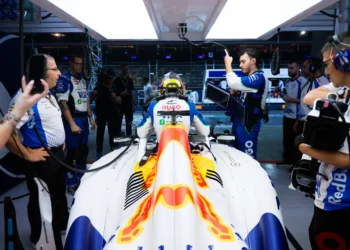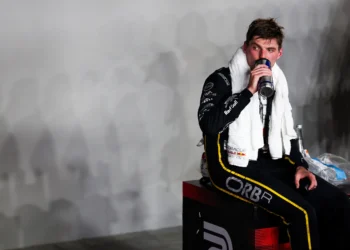As the Formula 1 world gears up for the 2025 season, all eyes are on the much-anticipated Red Bull RB21. Following the team’s streak of dominance in recent years, one critical question looms: will the RB21’s design innovations, particularly its nose configuration, be enough to maintain their supremacy in an increasingly competitive grid?
The Role of the Nose: More Than Meets the Eye
In modern F1, the nose isn’t just a cosmetic feature; it’s a crucial aerodynamic component that dictates airflow across the car. The front wing and nose design impact everything downstream—from underfloor efficiency to diffuser performance. Suboptimal airflow at the front sets off a chain reaction, reducing the car’s aerodynamic effectiveness.
One intriguing feature of the 2024 Red Bull RB20 was its unconventional nose attachment to the forward-most front wing element. This deviated from Red Bull’s earlier designs, where a slot gap separated the nose and bottom wing element, enhancing airflow under the nose and feeding the underfloor more effectively.
The 2024 Dilemma: A Departure from Red Bull’s Own Playbook
Red Bull’s 2024 nose design raised eyebrows, creating more airflow blockage compared to competitors like Mercedes, Ferrari, and McLaren. This “blocky” configuration seemed counterintuitive, especially given that Red Bull itself pioneered the slot gap concept in 2022, prompting others to follow suit.
The Hungarian Grand Prix upgrade saw Red Bull partially reduce the fairing volume between the nose and forward wing element. While this adjustment improved airflow slightly, it stopped short of fully adopting the detached slot gap seen on rival cars.
Why didn’t Red Bull fully revert to its own winning formula? The answer may lie in the cost cap restrictions. A significant redesign of the nose would require a new frontal crash structure, demanding resources that might have been allocated elsewhere.
Competitor Trends: The Case for the Detached Slot Gap
Mercedes, Ferrari, and McLaren embraced the detached slot gap, recognizing its aerodynamic benefits. Even Alpine, which lagged behind earlier in the season, implemented this feature late in 2024 to significant effect. The slot gap improves airflow consistency to the underfloor, which is critical for optimizing the car’s diffuser performance and overall downforce.
While it’s not a “magic bullet,” as one aerodynamicist put it, adopting features like the slot gap expands a team’s development window and can offer improved aerodynamic stability—key to finding performance across various track conditions.
What’s Next for the RB21?
The big question is whether Red Bull will refine its nose design for the RB21. Will they reintroduce the slot gap, or will they double down on the attached-nose concept, betting on its compatibility with their broader aerodynamic philosophy?
Given the cost cap constraints and Red Bull’s preference for iterative innovation, a dramatic overhaul seems unlikely. However, incremental improvements to reduce turbulence and enhance airflow efficiency could be on the cards.
A Bigger Picture: Staying Ahead in a Tight Field
As rivals like Mercedes and Ferrari continue to close the gap, every design detail matters. Red Bull’s dominance is built on relentless innovation, but even small missteps can have outsized consequences in an era of razor-thin margins.
If the RB21’s nose design doesn’t deliver the desired airflow optimization, it could hamper development flexibility and erode the edge that Red Bull has enjoyed in recent seasons. Conversely, nailing this element could ensure that the RB21 remains the car to beat.
The Stakes for 2025
Red Bull’s nose design is just one piece of the RB21 puzzle, but it’s a crucial one. With Adrian Newey and his team at the helm, the F1 world expects cutting-edge solutions. Whether Red Bull sticks with its 2024 concept or reverts to its earlier slot-gap philosophy, the RB21’s success will depend on how well its design choices unlock performance across the season.
For now, the aerodynamic chess match continues, and fans won’t have to wait long to see if Red Bull’s design gamble pays off.













